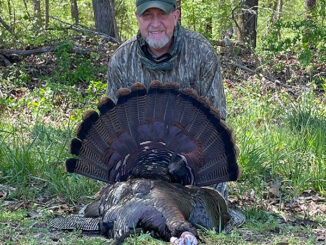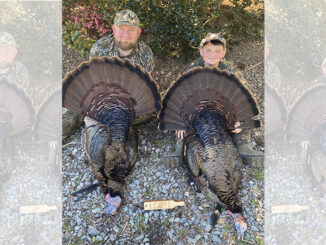
Fishing for bonnethead sharks can be the perfect match for a hot, summer South Carolina day. During a good, half-day trip, anglers can expect to catch over a dozen fish without losing any rigs. However, handling and taking the hooks out of the beasts can still be worry some.
A wonderful day of fishing can quickly end in turmoil when a few fingers are lost or a limb is mangled by a toothy critter. There is no reason to get in trouble when handling a fish, whether it’s a cobia, sheepshead or bonnethead shark.
Bonnethead sharks have several rows of small sharp teeth in the front of their mouths that are used for cutting up their prey, and they will use these teeth to defend themselves when threatened.
As soon as anglers put their hands on a shark, the shark’s immediate instinct is to wiggle around and try to bite whatever is holding it. The shark believes it is in danger and retaliates. Anglers must know how to handle these fish to avoid losing any digits.
All sharks, including bonnetheads, are very strong fish from head to tail. They can quickly swing around and snap at anything within reach.
The best way to handle a bonnethead is around the body near the dorsal fin. With one hand, anglers can grab the shark from the top and should apply firm pressure to gain control. The second hand should hold the shark about two-thirds of the way toward the tail. Again, firm pressure should be applied to keep control.
Bonnetheads can also be held from the bottom, just behind the pectoral fins. But again, firm pressure should be applied to retain control and to prevent any accidents.
When removing hooks, one hand must have full control of shark while the hooks are removed with needle-nosed pliers.





Be the first to comment